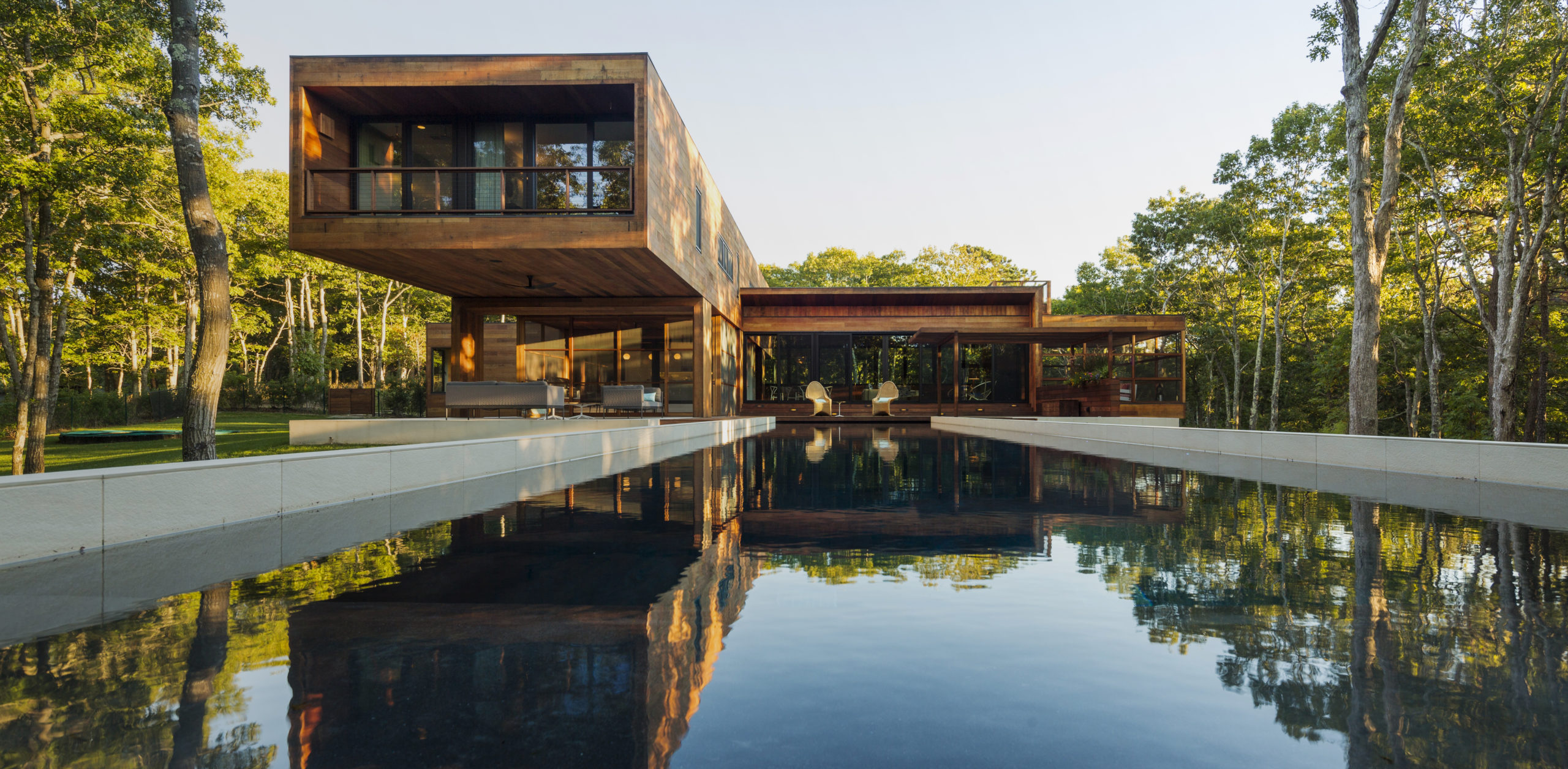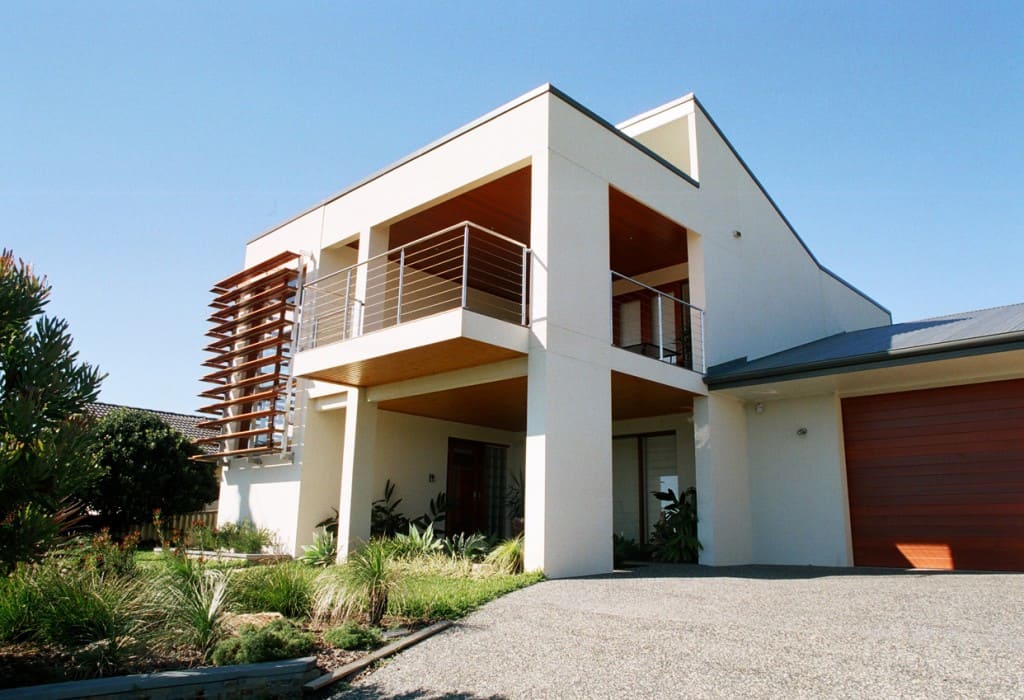Residential House Architect: Creating Unique Homes with Attention to Detail
Residential House Architect: Creating Unique Homes with Attention to Detail
Blog Article
Top Fads in Residential Architecture You Must Learn About
As property design proceeds to advance, a number of compelling trends are shaping the method we create and occupy our living areas. Secret advancements such as sustainable building practices, the combination of wise home technology, and the surge of modular homes emphasize a considerable shift towards both functionality and environmental responsibility.
Sustainable Structure Practices
An increasing variety of household tasks are welcoming sustainable building practices, driven by an expanding recognition of ecological effect and power effectiveness. This shift is characterized by the assimilation of eco-friendly products, energy-efficient layouts, and ingenious building techniques. Property owners and home builders are significantly focusing on making use of sustainable resources, such as bamboo and recycled metals, which not just minimize the carbon footprint but additionally improve the resilience and visual appeal of residential properties.
Incorporating energy-efficient systems is an additional important aspect of lasting building - residential house architect. Attributes such as high-performance insulation, energy-efficient windows, and solar panels are coming to be requirement in brand-new domestic layouts. These aspects not just add to reduced energy intake but additionally offer substantial long-lasting financial savings for property owners
In addition, the design of lasting homes frequently stresses natural light and ventilation, lowering the reliance on fabricated lighting and climate control systems. Landscape design practices, such as xeriscaping, additional advertise sustainability by lessening water use.
As the demand for lasting living solutions proceeds to climb, the domestic architecture industry is poised to adapt and introduce, ensuring that future homes are not only ecologically liable but likewise comfortable and practical for their residents. - residential house architect
Smart Home Modern Technology
Smart home technology is reinventing the means homeowners communicate with their home, boosting ease, energy, and protection management. This innovative method integrates various devices and systems, allowing users to control their homes remotely or through automated procedures. Central to this fad is making use of clever gadgets such as thermostats, illumination, safety video cameras, and home appliances, all linked by means of the Web of Things (IoT)
Among one of the most attractive functions of smart home technology is the ability to customize setups for optimum energy efficiency. Homeowners can keep an eye on energy usage and change illumination, cooling, and home heating based on their regimens, substantially minimizing utility prices. Innovative safety and security systems outfitted with wise locks and security video cameras give peace of mind, making it possible for remote monitoring and informs to potential safety and security violations.
Integration with voice-activated aides enhances individual experience, permitting property owners to regulate devices with basic voice commands. As technology continues to progress, the potential for smart home systems to boost quality of life expands, making them a necessary consideration in contemporary property style. Ultimately, wise home modern technology is not just a trend however a basic change towards much more intelligent living atmospheres.
Open Principle Living
Open up concept living has become a defining function in modern household architecture, characterized by the removal of standard obstacles in between rooms. This layout philosophy promotes fluidity and connectivity within the home, allowing for a seamless shift between areas such as the kitchen, dining, and living spaces. By getting rid of wall surfaces and dividers, open idea designs produce a feeling of spaciousness, fostering an inviting atmosphere that enhances social interaction.

Furthermore, this approach to property design lines up with minimalism, concentrating on functional simpleness and visual coherence. Home owners appreciate the adaptability of these layouts, which can be quickly adjusted to reflect personal design through furnishings arrangement and design. As open principle living continues to get grip, it remains a testimony to advancing household characteristics and the desire for homes that improve link and comfort.
Biophilic Design
Biophilic style has actually come to be increasingly considerable in household architecture, emphasizing the innate link in between humans and nature. This style approach looks for to incorporate natural environments into living spaces, consequently cultivating a sense of wellness and improving the high quality of life for owners. By including features such as natural light, vegetation, and organic materials, biophilic design promotes a harmonious relationship between indoor environments and the environment.
Trick elements of biophilic layout consist of huge home windows that provide unobstructed views of exterior landscapes, living walls that present greenery into insides, and open layout that encourage air movement and all-natural light infiltration. Water attributes, both inside and outside the home, serve to develop relaxing atmospheres and improve sensory experiences.
Additionally, using lasting products not only supports environmental stewardship yet also adds to healthier indoor air high quality. As awareness here are the findings of ecological issues increases, homeowners are increasingly focusing on designs that reflect their connection to nature. Basically, biophilic design not just raises aesthetic charm however also addresses psychological and mental needs, making it a crucial fad in modern residential style.
Modular and Prefab Houses

Additionally, modular and prefab homes are made with sustainability in mind. Lots of producers utilize energy-efficient systems and green materials, such as photovoltaic panels and progressed insulation techniques, adding to minimized energy usage and reduced utility bills for home owners. The versatility of design alternatives enables customization, satisfying diverse visual choices and functional needs.
As the need for economical housing continues to increase, modular and prefab homes provide a sensible service, attending to both economic and ecological challenges. Neighborhoods are progressively recognizing the possibility of these frameworks, incorporating them right into country and metropolitan settings. On the whole, the pattern toward prefab and modular homes indicates a shift towards more sustainable, effective, and adaptable living atmospheres, making them a crucial element of contemporary property style.
Conclusion
To conclude, the progressing landscape of household design showcases significant fads that prioritize sustainability, innovation, and health. Lasting building practices and smart home modern technologies enhance performance and convenience, while open principle living and biophilic layout foster social communication and a link to nature. The surge of modular and prefab homes uses customizable and affordable remedies, showing a broader change in the direction of practical and responsible living. These patterns collectively emphasize a commitment to producing harmonious and ingenious residential environments.
Key developments such as lasting building practices, the assimilation of important source wise home innovation, and the surge of modular homes emphasize a significant shift towards both capability and ecological obligation.The increase of modular and prefab homes has actually transformed the household architecture landscape, supplying cutting-edge remedies for effective and lasting living.Furthermore, prefab and modular homes are designed with sustainability in mind. Generally, the pattern towards modular and prefab homes symbolizes a shift toward more sustainable, efficient, and adaptable living environments, making them a pivotal aspect of contemporary domestic architecture.
Lasting structure practices and smart home innovations improve effectiveness and benefit, while open principle living and biophilic style foster social interaction and a connection to nature.
Report this page